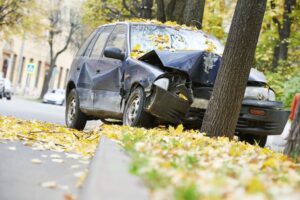Do you remember playing “The License Plate Game” during road trips as a kid? You would get a point for every state plate you spotted across the U.S. and tally up your score at the end of the journey. It turns out spotting license plates is actually now at the forefront of huge developments in security and law enforcement.
License plate recognition systems are helping to track down vehicles of interest in real-time and putting protection first with emerging access for a litany of private companies and state and federal agencies.
License Plate Recognition Technology

License plate readers are being installed by some major cities across the globe as a means of helping law enforcement officers. With bullet cameras installed at specific outposts, license plate recognition has helped officers to track down simple traffic violations and obtain possible leads on other criminal cases. With real-time monitoring, users can view a live feed of every license plate detected across their organization.
License plate reader cameras, or LPR cameras, are able to detect and analyze plates to deliver searchable and readable results on a number plate, linking it to vehicle owners. From an LPR page, a database is built that allows users to instantly watch an incident, like a traffic accident or carjacking, unfold through the input image fed through the use of ALPR technology. This can also be utilized to obtain archive footage at a later date. The positions of these LPR cameras will help to optimize the span of which they can capture a license plate number.
Benefits of Recognition Technology

With properly positioned cameras, a perfect image of the license plate can be obtained. Automated license plate readers can use cameras that are mobile or stationary and that are small enough to be mounted on police cars, stop signs, and traffic lights. Footage fed to an ALPR database can track down the registered owner of a vehicle going over the speed limit and mail them a traffic ticket. This license plate capture can also be used for the benefit of obtaining a larger data set in a private business, to properly monitor the safety of a parking garage or lot.
ALPR technology helps to monitor traffic in and out of a parking structure and integrates with third-party applications provided by certain license plate recognition software. ALPR cameras within parking lots can help to quickly investigate vehicles of interest by researching an ALPR database for historical appearances of that particular license plate. Certain gatehouse parking lots can also use a number plate recognition system to provide easy access to residents of a gated community or to authorized vehicles of certain establishments.
Helping Law Enforcement

Law enforcement agencies are seeing the most benefit of this development in license plate recognition technology, despite some pushback over civil rights concerns from the ACLU and other organizations. However, the use of automatic license plate readers is now being considered by larger municipalities as a great investment into retargeting the efforts of law enforcement, without having to rely on larger staffing for their parking enforcement and traffic departments.
This can be seen as a new approach to law enforcement, with some cities taking the experimental results of their use of ALPR technology to demonstrate the cost-effective nature of this equipment. That expense works into savings when factoring in the man-hours being used to cover incidents that require a citation like speeding or illegal parking. It’s also providing new opportunities for law enforcement officers to embrace this new technology as friend, not foe, beneficial to a litany of cases beyond driving over 55mph. The use of these ALPR databases has become a faithful companion to the investigative process.



